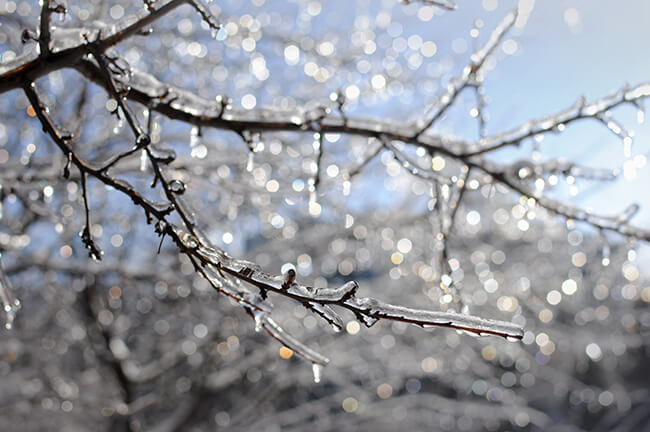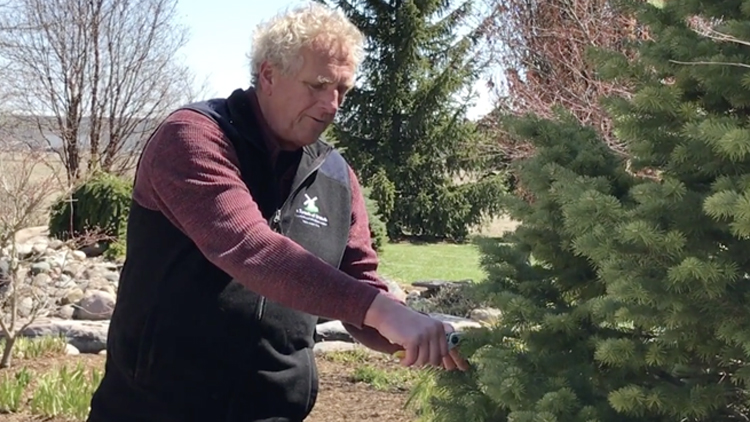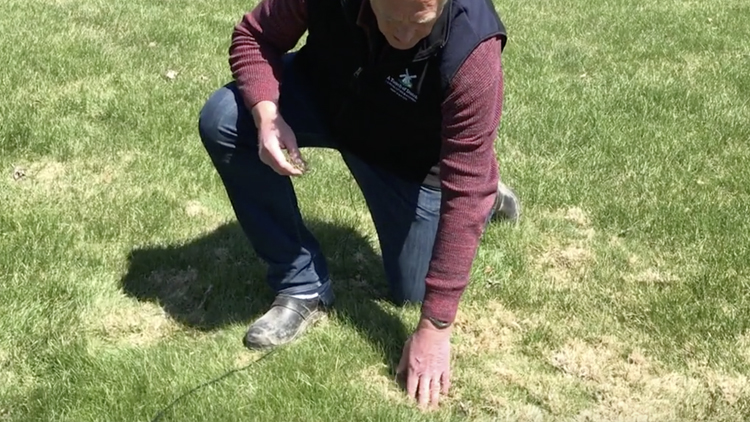
Caring for Ice-Damaged Trees and Shrubs
As winter tightens its icy grip, our landscapes often suffer from freezing temperatures, leaving trees and shrubs susceptible to damage. Ice storms can be particularly harsh, encasing branches in thick layers of ice that lead to breakage and stress. However, with proper care and attention, you can facilitate the recovery and revitalization of your greenery. In this guide, we will explore effective strategies for nurturing and restoring trees and shrubs damaged by ice, ensuring they thrive once again.
 Assessment and Safety Considerations
Assessment and Safety Considerations
Before embarking on the recovery process, it is crucial to assess the extent of the damage. Start by identifying broken or hanging branches that pose safety risks. Trim these damaged limbs cautiously to prevent harm to people, pets, or property. Use appropriate pruning tools and techniques to make clean cuts, minimizing the risk of further damage.
Gentle De-Icing Methods
If your trees and shrubs are still coated in ice, avoid the temptation to forcibly remove it. Instead, allow nature to take its course and naturally melt the ice. Applying force can cause additional harm, so exercise patience and let the sun or slightly warmer temperatures facilitate the melting process.
Precise Pruning Techniques
Once the ice has melted, initiate the pruning process. Remove broken or damaged branches using clean, sharp tools. Make cuts just outside the branch collar—the swollen area where the branch meets the trunk. This promotes faster healing and reduces the risk of disease. If the branches are larger, don’t make the initial cut at the collar, since it might strip the bark of the tree or create a larger wound than necessary. Cut if off in stages. If you are uncertain about which branches to trim, seek guidance from a professional landscaper or arborist.
 Fertilization and Hydration
Fertilization and Hydration
Ice-damaged trees and shrubs can benefit from a nutrient boost to aid in their recovery. But fertilize only in the months without an “r” (May to August) to prevent forced growth during a tree’s dormant period. Apply a balanced, slow-release fertilizer to the soil around the base of the plants. This provides essential nutrients for new growth. Additionally, ensure that the damaged area receives adequate water to support the healing process.
Protective Mulching
Applying a layer of mulch around the base of your trees and shrubs serves multiple purposes. It helps retain soil moisture, regulates temperature, and acts as a protective barrier. Spread a two- to four-inch layer of organic mulch, such as wood chips or shredded bark, making sure it does not directly touch the trunk. Instead, create a well, with the centre lower than the outside part of the mulch ring. This helps with water absorption. Mulching also prevents competition from grass and weeds, allowing your plants to focus on recovery.
Patience and Observance
Recovery takes time, so exercise patience and regularly observe your trees and shrubs. Look for signs of new growth, such as budding leaves or shoots. If progress is slow or you notice persistent issues, consider seeking professional advice. Arborists can provide specialized care tailored to your specific situation.
Caring for ice-damaged trees and shrubs requires a delicate balance of patience, precision, and nurturing. By following these steps, you can provide the necessary support for your green companions on their journey to recovery, ensuring they continue to enhance your landscape with their beauty for years to come. Remember, a little tender loving care goes a long way in revitalizing nature’s resilience.




